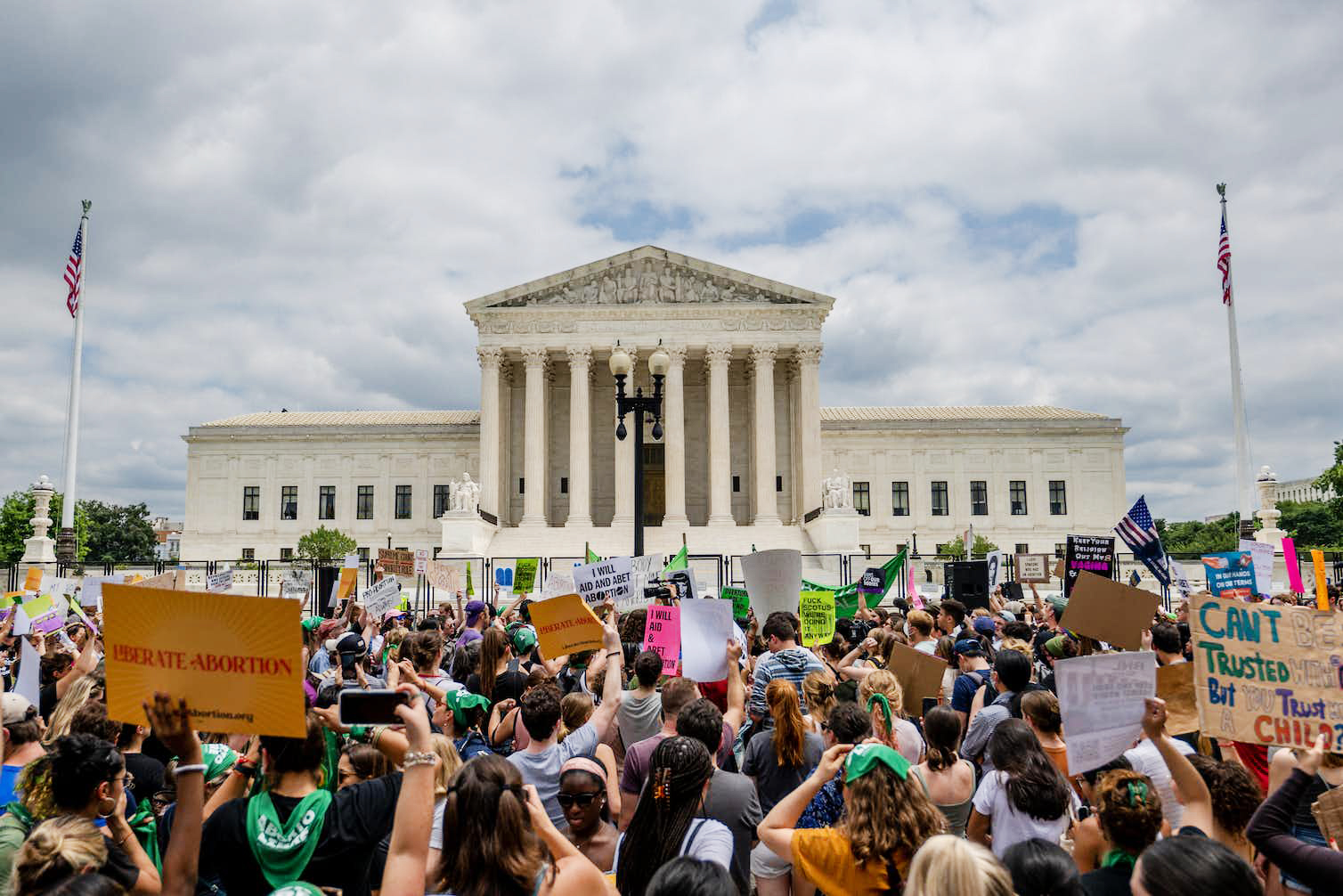People protest in response to the Dobbs v. Jackson ruling outside the Supreme Court Building on June 24, 2022. Brandon Bell ||Getty Image
By Morgan Marietta || Arizona Mirror
In the summer of 2022, the U.S. witnessed a dramatic change in how the majority of Supreme Court justices understand the Constitution.
At the end of a single term, the court rejected the long-standing constitutional right to abortion, expanded gun rights and ruled that religion can have a bigger role in public institutions.
These outcomes reflect a seismic shift in U.S. law and policy, but scholars of the court dispute what kind of change it was, exactly – a principled or partisan one. As a close observer of constitutional politics, I believe this is an important debate with deep consequences for the perceived legitimacy of the court.
Some Supreme Court scholars see the court’s evolution as the rise of “a profound and principled constitutional theory,” while others see it as “conservative policy choices in pretentious garb.”
The public’s confidence in the court, meanwhile, has fallen after the Dobbs v. Jackson Women’s Health Organization abortion ruling to the lowest level since records began in the 1970s.
Public perceptions of the the court and its legitimacy may depend on whether citizens see the recent rulings as the victory of one side in a long-standing contest of ideas, or instead simply the triumph of partisan politics.
Origins of the current court













